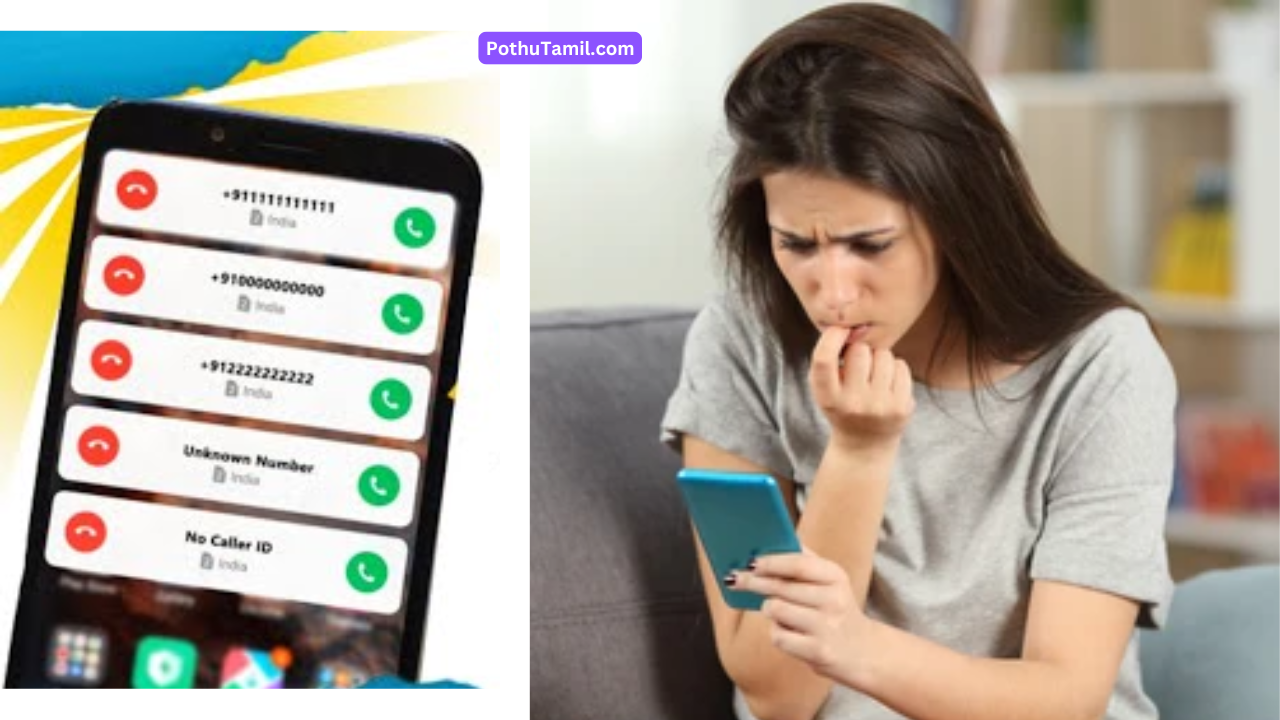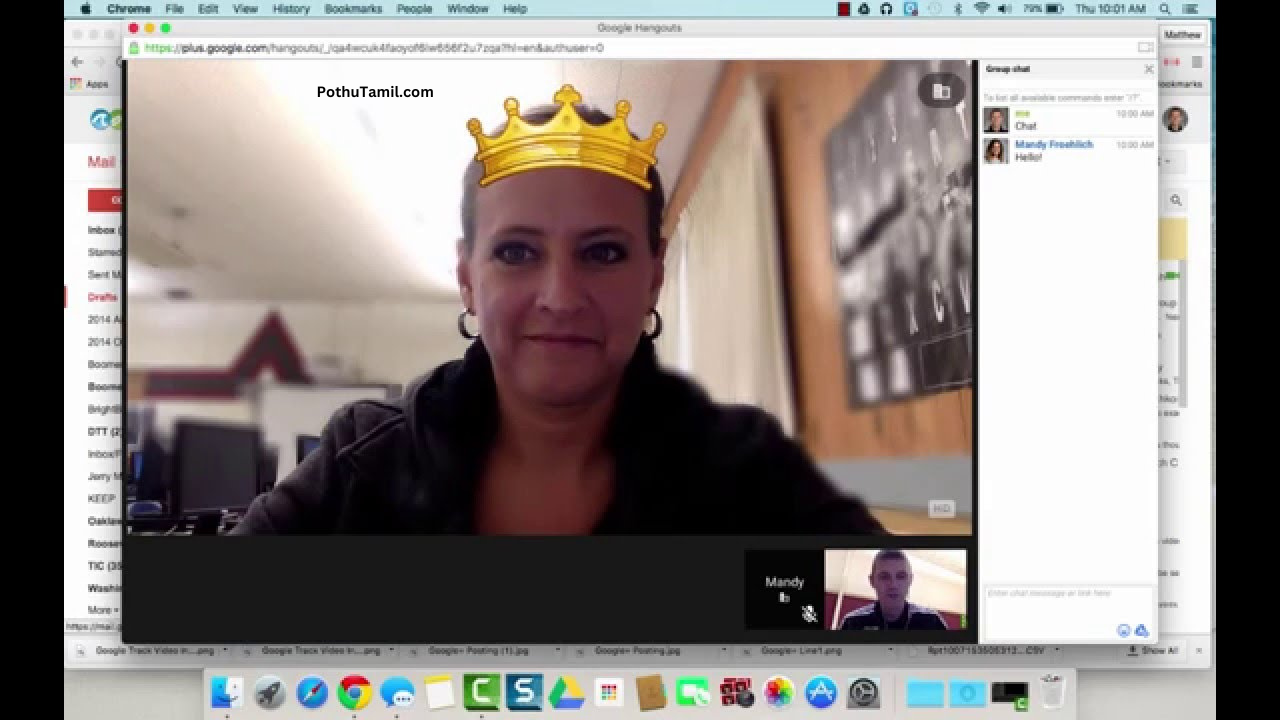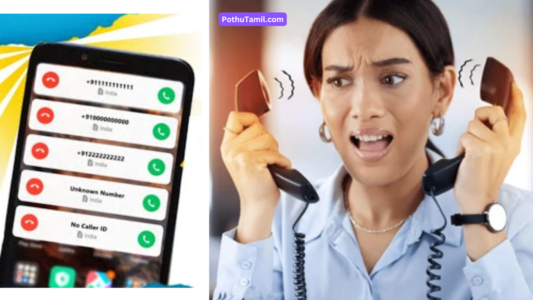Introduction to Hangouts Call LRC
Hangouts Call LRC refers to the use of Google Hangouts for Live Remote Communication (LRC), often used for professional meetings, remote collaborations, and casual video calls. Hangouts, developed by Google, was once one of the most accessible and user-friendly platforms for voice and video calls across different devices. The “LRC” feature set, while not officially branded that way by Google, generally refers to the way Hangouts supported long-distance, real-time communication with minimal setup.
User Interface and Experience
The interface of Hangouts call is clean and minimal, allowing even first-time users to easily navigate through the options. Users can initiate a call by simply opening the app or web version, selecting a contact, and hitting the call button. Video quality typically adapts to internet speed, which helps prevent call drops or severe lags. One standout aspect of the Hangouts experience is the seamless transition between desktop and mobile, where calls can continue across devices without interruption.
Call Quality and Performance
The overall call quality on Hangouts was generally reliable, especially during the early days of remote communication when other platforms were still catching up. Voice clarity is strong, and video calls can be maintained without freezing or lag when the internet connection is stable. While it may not match the ultra-HD clarity of modern competitors like Zoom or Google Meet, Hangouts served its purpose well, especially for casual and semi-professional use.
Features and Functionality
Hangouts call supported both one-on-one and group calls, allowing up to 10 participants in a video call. Users could send text messages during the call, share photos, and even integrate emojis and stickers to enhance the chat experience. Another helpful feature was the ability to record chat histories and sync them across all devices linked to the user’s Google account. The integration with Gmail and Google Calendar also made scheduling and joining meetings much more convenient.
Security and Privacy
Google Hangouts offered standard security for communications, including encryption in transit. However, it lacked end-to-end encryption, which made it less ideal for sensitive or high-security conversations. Over time, Google shifted its focus toward more secure and enterprise-level platforms like Google Meet, which came with stronger privacy controls.
Evolution and Transition to Google Meet
Although Hangouts call was widely used for many years, Google eventually announced its transition plan from Hangouts to Google Meet and Google Chat. The LRC functions that Hangouts provided were improved and rebranded under these newer services. Google Meet now supports high-capacity video calls, better screen sharing, noise cancellation, and real-time captions, taking over where Hangouts left off.
Final Thoughts
Hangouts Call LRC offered a practical and smooth solution for video calling in its time. Its ease of use, decent call quality, and direct integration with the Google ecosystem made it a favorite for many casual users and remote teams. Although it has now been replaced by more modern platforms, Hangouts played a key role in shaping the way we communicate online. For those who used it regularly, it remains a nostalgic reminder of simpler video calling days.




Good
Good
Good
Hii
Prant a call boys